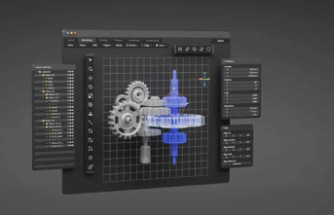It’s been over half a decade since Japan’s Fukushima Daiichi nuclear power station suffered a catastrophic meltdown which topped the International Nuclear Event Scale due to its severity. Radiation loves to hang around, and researchers conducting operations with robots inside the damaged reactors were met with radiation levels at their highest point since the actual meltdown back in 2011. In fact, the radiation level is so elevated that the robot operators had to quickly recall one of their robotic probes because it began to literally go blind.
Like sending a rover to another planet, the mission for robot operators from the Tokyo Electric Power Company (TEPCO) is to monitor the status of the failed reactors and the nuclear materials housed within. Unfortunately, the radiation level of the reactor units was high enough to actually begin to damage one of the robots’ camera system, and could have completely blinded the view for the operator and left the bot stranded in the radioactive hellscape.
However, TEPCO was able to study some of the readings taken by the robots before things went awry. The scientists have estimated the level of radiation to be anywhere from 530 sieverts per hour to 650 sieverts per hour. Those numbers are representative of the amount of radiation an object would expect to be bombarded with over a specific period of time. To add a bit of scope to that, it’s estimated that just one sievert will cause fatal cancer in approximately 5% of people, while a dose of five sieverts will kill 50% of people exposed to it within a month. As little as 90 millisieverts (0.09 sieverts) accumulated over time can increase cancer risk in both adults and children.
Later this month TEPCO plans to send yet another probe into the reactor to take additional readings and hopefully paint a clearer picture of just what exactly is going on inside.
This article originally appeared on BGR.
Our editors found this article on this site using Google and regenerated it for our readers.













